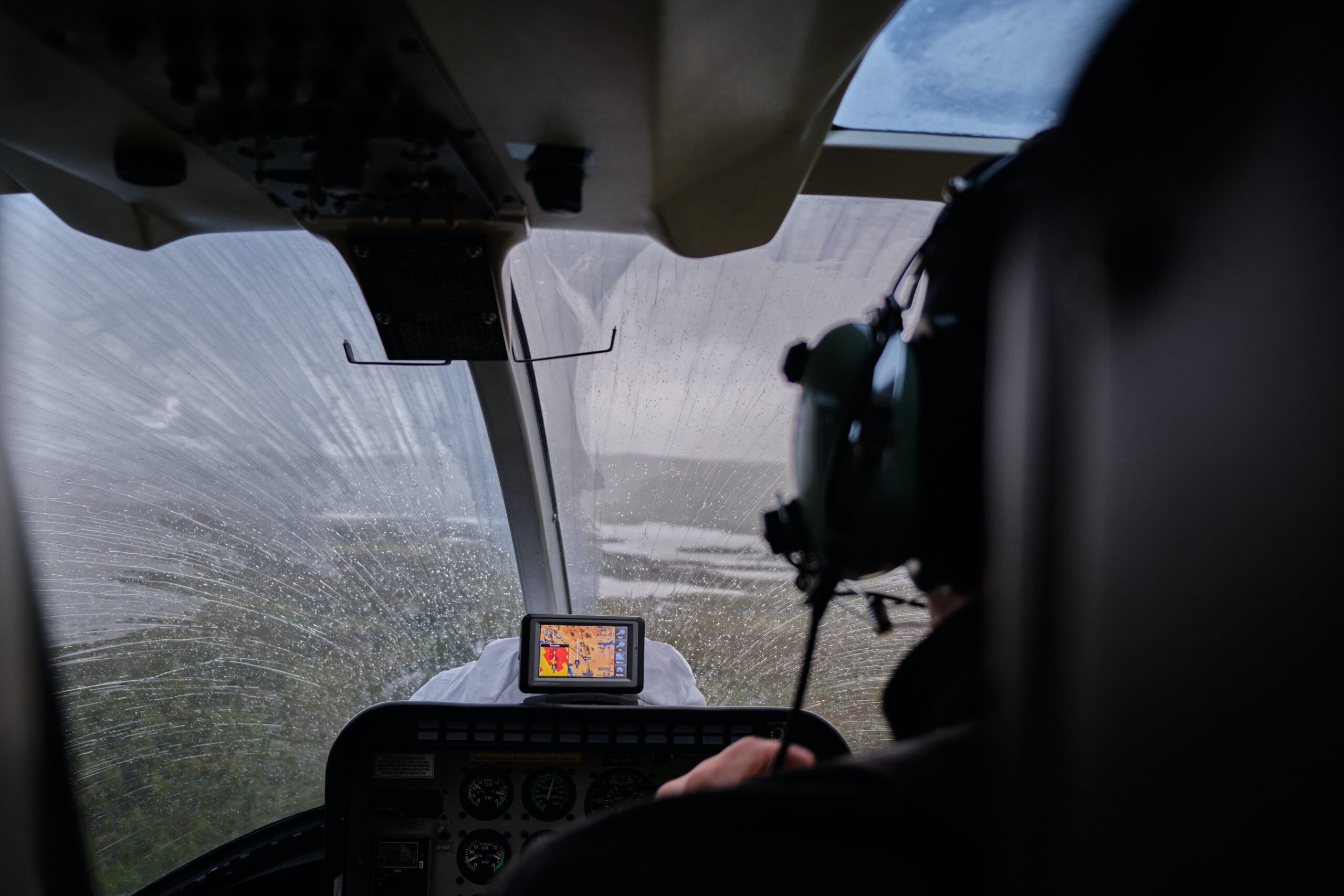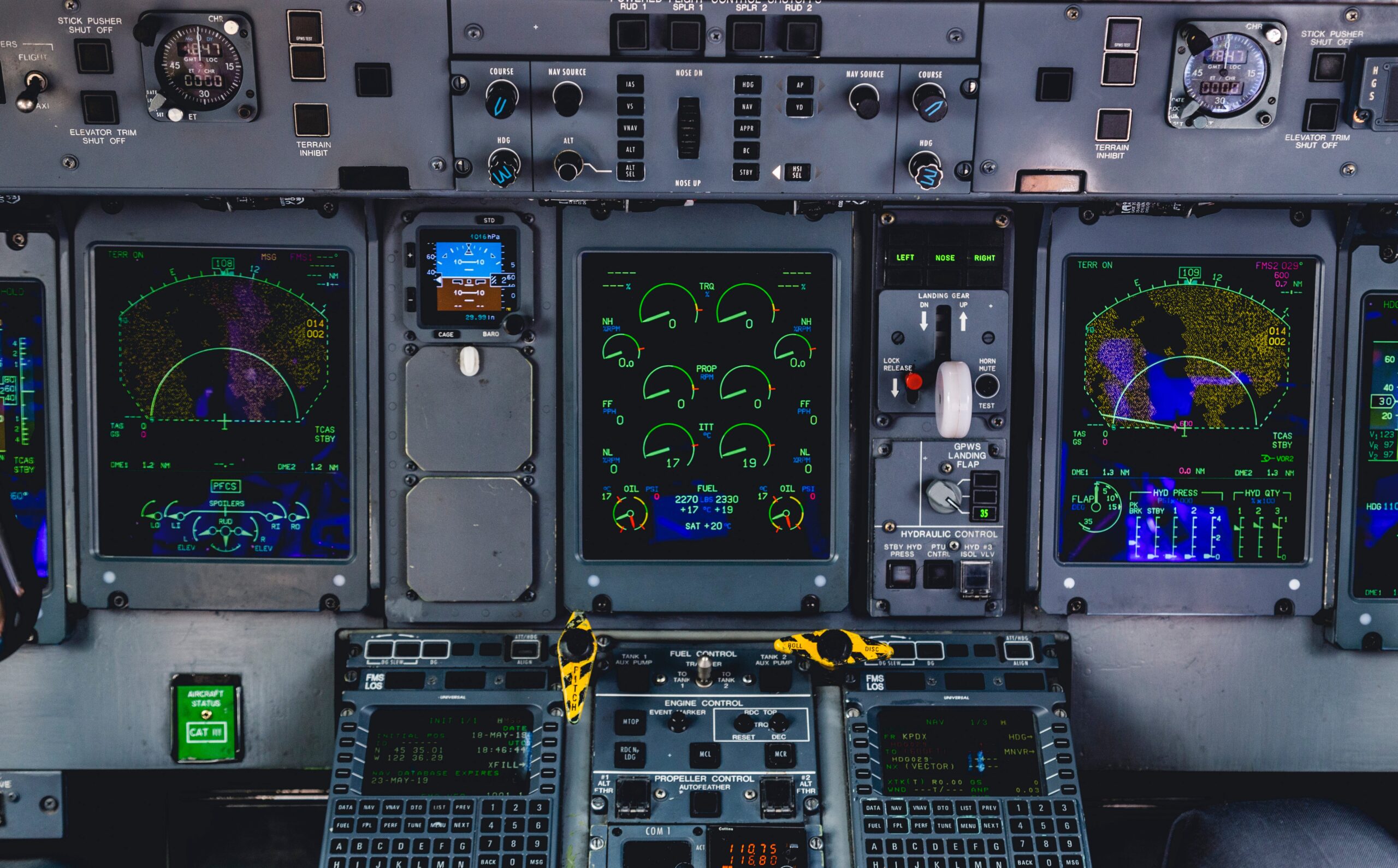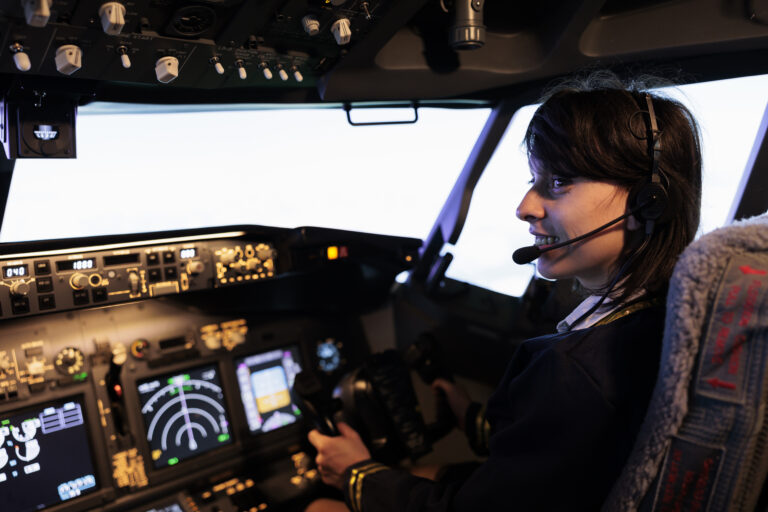Weather plays a pivotal role in aviation safety, and understanding weather data is essential for every pilot. The ability to interpret weather information can mean the difference between a smooth flight and one fraught with turbulence and danger. In this blog post, we will delve into the world of aviation weather, offering insights and tips on how to decipher weather data effectively. By the end, you’ll be better equipped to make informed decisions for safer flights.
The Basics of Aviation Weather Data
In recent years, the aviation industry has seen significant advancements in the accessibility and accuracy of aviation weather data. Thanks to technological innovations, pilots now have real-time access to critical information that can greatly enhance flight safety. For instance, the proliferation of weather apps and cockpit weather displays has made it easier than ever for pilots to access METARs and TAFs, allowing for quick assessments of current conditions and future forecasts. Moreover, the integration of satellite and radar imagery into these tools provides vivid, up-to-the-minute visuals of weather patterns, helping pilots make rapid decisions in response to evolving weather situations. As climate change continues to impact weather patterns, these tools are becoming indispensable for staying ahead of sudden and unexpected weather challenges, ensuring that pilots can navigate safely and efficiently in an ever-changing sky.
Key Weather Hazards for Pilots
The aviation community has witnessed a growing need to address and mitigate the effects of climate change on flight safety. The increase in extreme weather events, such as more intense thunderstorms and turbulence, highlights the importance of being well-versed in weather hazard identification. With advancements in meteorological research and technology, pilots can now access more detailed and precise information about these hazards.
One of the most significant developments is the improved understanding of convective weather. Modern radar systems and data analysis techniques enable pilots to better anticipate the formation and movement of thunderstorms. This enhanced predictability allows for safer flight planning by avoiding these potentially hazardous areas.
Additionally, the increased prevalence of in-flight turbulence reporting systems, along with the collection of pilot reports (PIREPs), has enabled a more dynamic and responsive approach to turbulence avoidance. These real-time reports and advanced forecasting models contribute to a safer and more comfortable flying experience, even in the face of unpredictable atmospheric disturbances.
As aviation continues to adapt to the changing climate, staying informed about these advancements in weather hazard detection and management is crucial for pilots seeking to ensure the safety of their flights and passengers in today’s evolving weather landscape.
Making Informed Decisions
In the midst of evolving weather patterns and the increasing need for climate-conscious aviation, the art of making informed decisions based on weather data has never been more critical for pilots. Recent developments in technology and data accessibility have empowered pilots with tools that facilitate proactive and adaptive decision-making.
One of the standout advancements in this area is the integration of real-time weather updates into cockpit displays. Modern aircraft are equipped with sophisticated avionics systems that offer up-to-the-minute weather information directly to the pilot’s line of sight. These systems provide invaluable insights into nearby weather phenomena, allowing for rapid course adjustments to avoid turbulent regions or adverse conditions, thereby enhancing passenger comfort and safety.
Furthermore, the emergence of advanced weather forecasting models, including ensemble forecasting and high-resolution numerical weather prediction, has improved the accuracy and reliability of weather predictions. Pilots can now rely on these models to plan more efficient routes, optimize fuel consumption, and reduce environmental impacts—an important consideration in today’s eco-conscious aviation landscape.
As climate change continues to shape the skies, pilots who embrace these technological innovations and leverage real-time weather data will be better equipped to navigate safely and efficiently through the challenges presented by our ever-evolving atmosphere. The ability to make data-driven decisions remains a cornerstone of modern aviation, ensuring that pilots can adapt to changing conditions and deliver a safer and more sustainable flying experience.
Conclusion
In the face of climate change and its impact on aviation, the ability to decipher weather data and make informed decisions is more vital than ever. Recent advancements in technology, from real-time weather updates in the cockpit to advanced forecasting models, have armed pilots with powerful tools to navigate the increasingly dynamic skies safely and efficiently. As we look ahead, staying at the forefront of these innovations will be paramount, ensuring that pilots can continue to uphold the highest standards of safety, passenger comfort, and environmental responsibility in our ever-evolving world. Safe skies and responsible flying remain the ultimate goals in this era of aviation.









